Table of Contents
Introduction
If you’re a dog owner in 2025, you might be surprised or even alarmed to learn that the canine parvovirus threat hasn’t gone away. In fact, it’s resurging. Despite decades of routine vaccination and public awareness, we’re seeing persistent and in some regions, rising parvovirus cases across Canada and around the world.
As a small-animal veterinarian in Ottawa, I’ve personally treated multiple parvo-positive dogs in the last year alone. Some were unvaccinated, but others were current on their vaccines yet still fell dangerously ill. In one particularly upsetting case, a 14-week-old Labrador puppy developed vomiting and bloody diarrhea just days after her final DHPP booster. She had picked up the virus during a visit to an off-leash park before her immunity had fully set in. It was a brutal lesson for the family and a reminder for us as professionals that this virus is adapting in unsettling ways.
We’re now facing a new generation of risks: rapidly evolving parvovirus strains, vaccine interference from lingering maternal antibodies, declining adult dog immunity, and persistent environmental contamination in public areas. Misconceptions about vaccine coverage and parvo being “just a puppy problem” are also contributing to preventable outbreaks.
In this article, I’ll walk you through 7 shocking reasons why the canine parvovirus threat in 2025 remains dangerously underestimated and growing. Most importantly, I’ll share actionable strategies you can use to keep your dog safe, informed by frontline clinical experience and current research.
Let’s get started because awareness saves lives.
Medical Disclaimer: This blog post is for informational purposes only and does not constitute veterinary advice. Always consult your veterinarian regarding your pet’s specific health concerns, diagnosis, or treatment.
Key Takeaways: Canine Parvovirus Threat 2025
- Parvo cases are rising in 2025 despite vaccination programs, especially in urban and high-density dog areas.
- Mutating viral strains may outpace traditional vaccine protection, leading to breakthrough infections.
- Puppies and adult dogs alike face immunity gaps due to timing issues or outdated booster schedules.
- Parvovirus is highly contagious and survives on surfaces for months kennels, dog parks, and public spaces are high-risk zones.
- Socioeconomic barriers in some regions hinder vaccination access and owner awareness.
- You can fight the canine parvovirus threat 2025 by staying updated on vaccines, practicing hygiene, and avoiding high-risk areas.
- We’ll explore the 7 shocking reasons this virus remains a deadly force and what every Canadian pet owner should do now.
What Is Canine Parvovirus?
Also see: https://doglifeexpert.com/dog-leptospirosis-vaccine-2024-essential-guide/
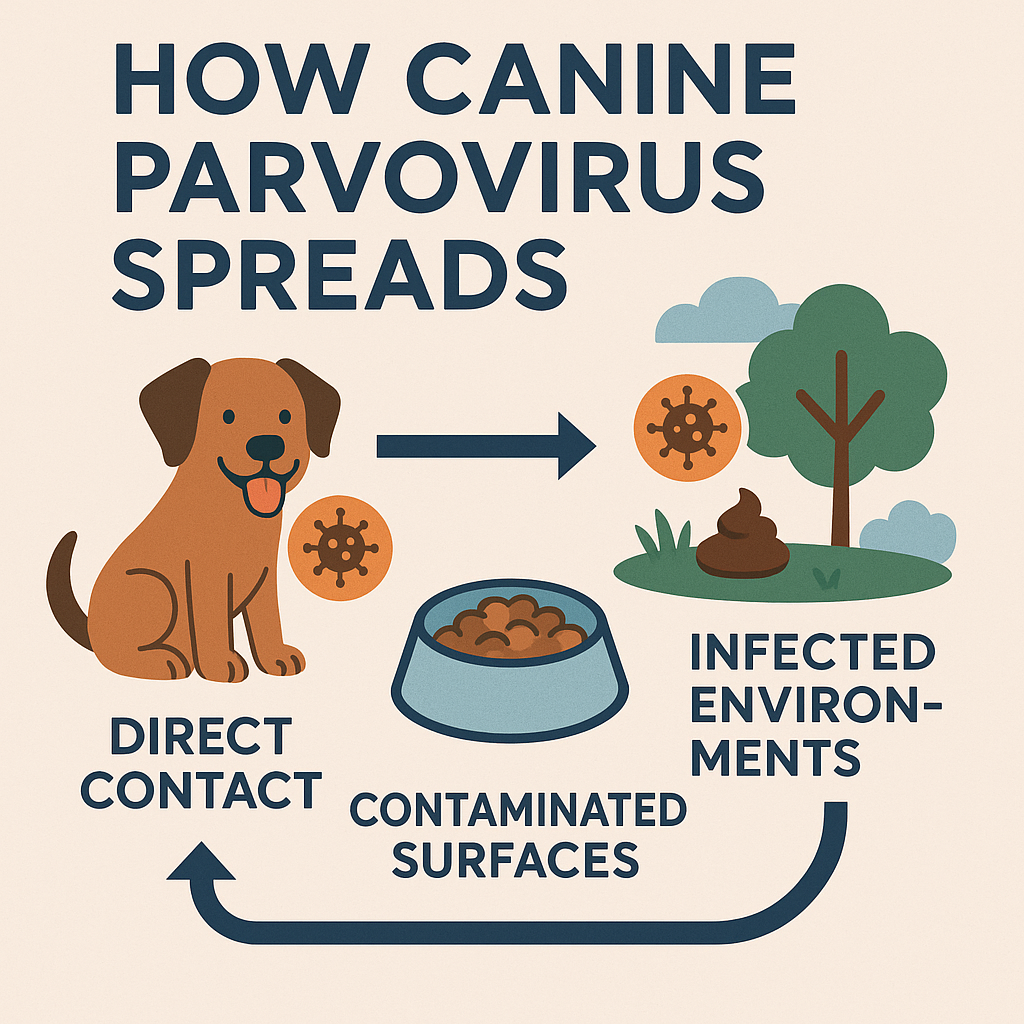
Canine parvovirus (CPV) is one of the most feared viral infections in veterinary medicine and with good reason. It’s highly contagious, aggressive, and can turn deadly within just a few days of symptom onset, especially in young or unvaccinated dogs.
Parvovirus primarily attacks rapidly dividing cells in a dog’s body. The two main targets are:
- The intestinal lining: The virus destroys cells that help absorb nutrients and maintain the gut barrier. This causes severe vomiting, diarrhea (often bloody), dehydration, and electrolyte imbalances.
- The bone marrow: By suppressing white blood cell production, parvo weakens the immune system, leaving the dog vulnerable to secondary infections like sepsis.
Some infected puppies decline so fast that they go from playful to collapsed within 24–48 hours. Without urgent care including IV fluids, anti-nausea medications, antibiotics, and close monitoring many will not survive.
Even worse, parvo can sometimes affect the heart muscle in very young puppies, leading to sudden death due to heart inflammation (myocarditis), though this form is less common today.
What makes the canine parvovirus threat 2025 so pressing is that the virus is evolving, and it spreads easily through:
- Direct contact with infected feces
- Contaminated objects like bowls, shoes, floors, or even hands
- Environments like kennels, shelters, and dog parks
The virus can survive for months on surfaces, making disinfection essential and another reason we’re seeing its continued spread in 2025, even in vaccinated populations.
How Parvo Spreads Between Dogs
Parvovirus spreads via the fecal oral route. Dogs can contract the virus from:
- Direct contact with infected feces or vomit
- Contaminated surfaces, including leashes, food bowls, kennels, and soil
- Human clothing or hands after handling an infected dog
The canine parvovirus threat in 2025 is worsened by how resilient the virus is it can survive outdoors or on surfaces for months, resisting most common disinfectants.
American Veterinary American Veterinary Medical Association (AVMA). Medical Association (AVMA) warns that infected dogs can shed the virus even before showing signs, amplifying silent transmission risks.
Classic Symptoms Every Dog Owner Should Know
Watch for these red flags:
- Sudden lethargy
- Vomiting and bloody diarrhea
- Fever
- Dehydration
- Loss of appetite
Early veterinary intervention is critical. In my practice, we often hospitalize dogs with IV fluids and aggressive supportive care for 3–5 days.
7 Shocking Reasons the Canine Parvovirus Threat Is Growing in 2025
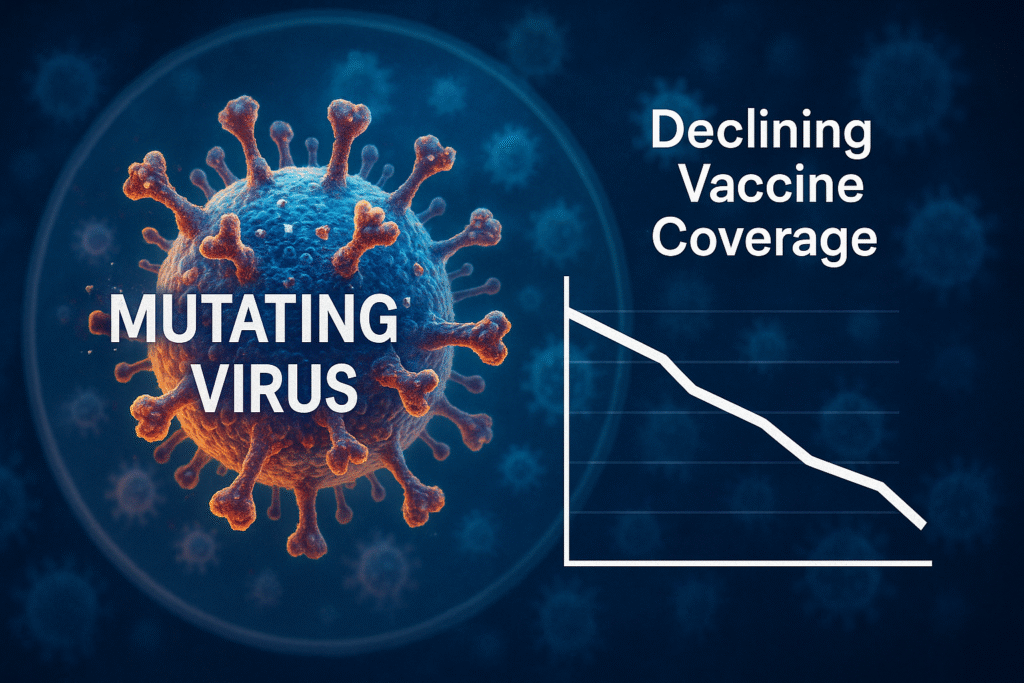
1. Viral Mutation and Vaccine Resistance
Recent genomic studies show significant mutations in the CPV capsid protein (VP2), allowing the virus to evade neutralizing antibodies. This means traditional vaccines especially those based on older CPV-2b strains may not fully protect against emerging CPV-2c and newer variants.
Even in vaccinated dogs, I’ve personally treated breakthrough cases with positive parvo tests, suggesting evolving strains can occasionally slip past immune defenses. This is a major driver of the canine parvovirus threat 2025.
2. Gaps in Puppy and Adult Dog Immunity
According to a Journal of Virology study maternal antibodies can interfere with early vaccine efficacy. If a pup’s immunity drops before the vaccine series is completed (usually around 16–20 weeks), there’s a dangerous window of vulnerability.
Adult dogs may also lose protective titers over time, especially if boosters are delayed or skipped. Unfortunately, many owners assume a single round of puppy shots offers lifelong protection, contributing to the canine parvovirus threat in 2025.
3. Environmental Contamination and Viral Resilience
Parvovirus is not just contagious it’s absurdly durable. The virus can survive:
- Up to 6 months in contaminated soil
- Weeks on unwashed fabric, shoes, or kennel walls
- Even after surface cleaning if not using a bleach-based disinfectant
This makes high-traffic areas like dog parks, urban sidewalks, and grooming salons ideal zones for transmission. I advise pet owners to be especially cautious when socializing young or recently vaccinated pups.
The virus’s environmental tenacity is a silent but shocking contributor to the canine parvovirus threat 2025.
4. Global Spread Despite Vaccination
In a comprehensive outbreak analysis, researchers observed sustained CPV presence even in countries with >85% vaccination rates American Veterinary Medical Association (AVMA). Travel, rescue adoptions, and inter-regional canine transport have played a role in spreading diverse viral lineages.
In Canadian cities like Toronto and Vancouver, I’ve seen localized flare-ups despite responsible vaccination. Global mobility of dogs continues to outpace some public health controls an unsettling reminder of how the canine parvovirus threat in 2025 is both local and global.
5. Under-Vaccination in Low-Income Regions
In parts of Africa, Southeast Asia, and the Middle East, access to affordable veterinary care remains inconsistent. A WSAVA report cites vaccine availability, cultural barriers, and misinformation as major obstacles.
Dogs from these areas may unknowingly carry and shed the virus. In rescue cases, parvo outbreaks have occurred shortly after importation, even with quarantine. This global inequity contributes to a shocking undercurrent in the canine parvovirus threat 2025.
6. Misinformation and Vaccine Hesitancy
Social media has unfortunately become a source of vaccine myths, leading some dog owners to skip shots altogether. I’ve encountered clients who believed parvo was a “puppy-only” risk or that “natural immunity” was safer.
Misinformation in 2025 is spreading faster than the virus itself in some communities another reason the canine parvovirus threat hasn’t abated.
7. Emerging Strains We Don’t Fully Understand
Finally, a July 2025 bioRxiv preprint reports early evidence of CPV recombination events, possibly pointing to new strain clusters.
Although these findings are preliminary, they hint at future strain evolution paths that could escape both immunity and diagnostics. It’s a reminder that the canine parvovirus threat in 2025 may still hold more surprises.
How Dog Owners Can Reduce the Risk
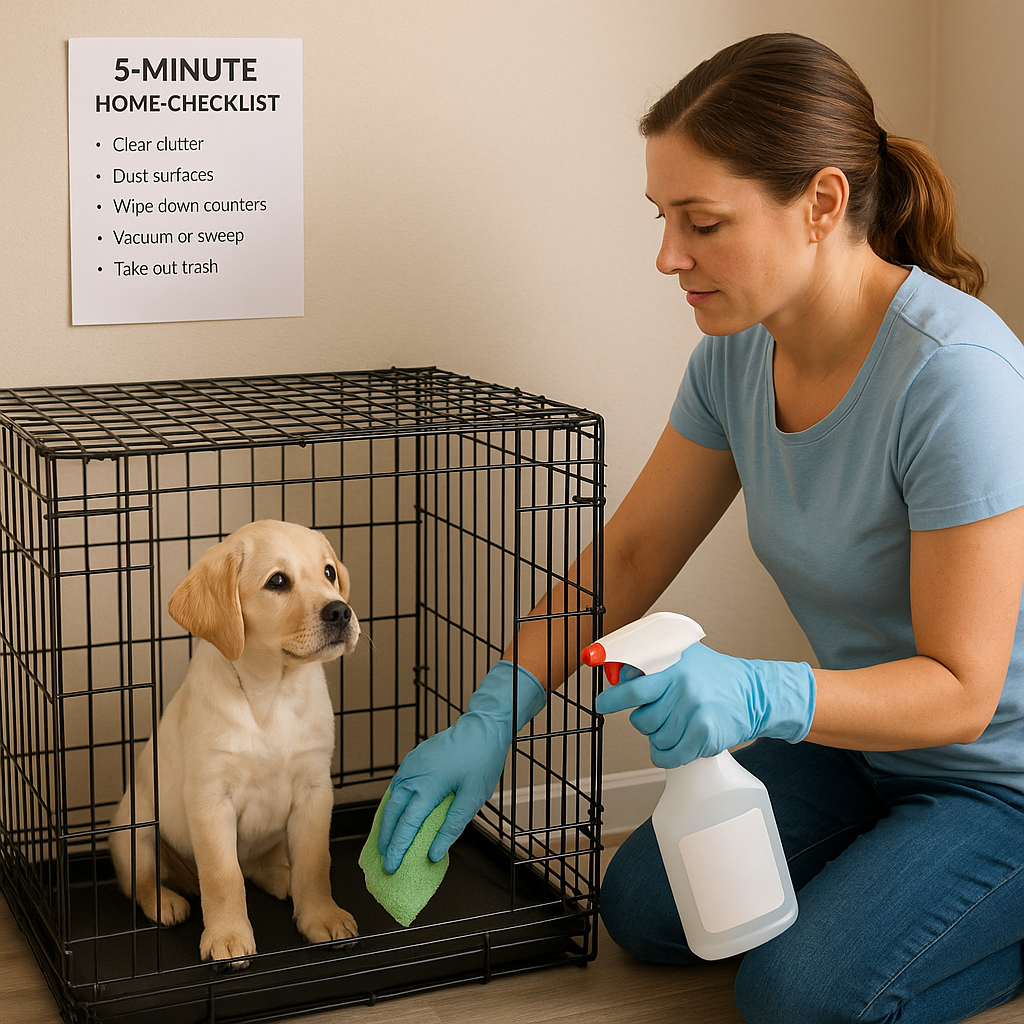
Understanding the canine parvovirus threat 2025 is only part of the solution. Taking proactive steps can dramatically reduce your dog’s risk even in high-risk environments.
5-Minute Home Prevention Checklist
Here’s a quick checklist I often give clients:
Ensure puppies get their full core vaccine series (minimum 3 doses, final one after 16 weeks)
Keep newly vaccinated dogs away from parks, daycares, or kennels for 10–14 days
Disinfect shoes and gear after visiting dog-heavy areas using a bleach-based cleaner
Wash food/water bowls, toys, and beds weekly
Quarantine any new dog for 7–10 days and test for CPV if signs appear
Each step helps break the virus transmission cycle, especially in urban settings like Ottawa where dog traffic is high.
When to See a Vet Immediately
If your dog especially a puppy shows any of the following, see your vet or emergency clinic ASAP:
- Vomiting or diarrhea (especially with blood)
- Lethargy, shivering, or fever
- Not eating or drinking for more than 24 hours
- Rapid weight loss or collapse
Acting fast can save lives. The canine parvovirus threat 2025 moves quickly but with prompt care, survival rates are excellent.
Typical Costs of Parvo Prevention vs. Treatment in Canada (2025)
Understanding the financial stakes behind the canine parvovirus threat 2025 can help pet owners make informed decisions. Prevention is far more affordable and far less emotionally taxing than treatment.
Estimated Veterinary Costs in Canada
| Service | Typical Cost (CAD) | Notes |
|---|---|---|
| Puppy Vaccine Series (3–4 shots) | $200–$300 total | Includes DHPP combo covering parvo |
| Annual Booster (Adult Dog) | $80–$150 | Often bundled with wellness exam |
| Emergency Parvo Treatment | $1,200–$5,000+ | Hospitalization, IV fluids, antibiotics, isolation |
| Fecal ELISA Parvo Test | $60–$120 | Initial diagnosis tool |
| Isolation Ward Fees | $100–$300/day | Required by many clinics for infectious disease cases |
Key Insight
For the price of one parvo treatment, you could vaccinate 15–20 dogs. That’s why tackling the canine parvovirus threat in 2025 starts with prevention.
Many pet insurance plans in Canada now cover vaccines as part of wellness add-ons check with your provider.
FAQs About Canine Parvovirus in 2025
❓ Is canine parvovirus still a problem in 2025?
Yes. The canine parvovirus threat in 2025 remains serious due to viral mutations, under-vaccination, and environmental persistence. Even in well-vaccinated areas, breakthrough cases are occurring.
❓ Can adult dogs get parvo in 2025?
Absolutely. While puppies are at highest risk, adult dogs with waning immunity or missed boosters can also get infected especially with newer variants in circulation.
❓ Is the parvo vaccine still effective in 2025?
Mostly, yes but some studies show emerging strains may partially evade older vaccines. That’s why keeping up with boosters and following WSAVA guidelines is critical.
❓ How long does the parvovirus live in the environment?
CPV can survive for months in soil or porous surfaces, especially in cool, shaded areas. It’s one of the most durable viruses in veterinary medicine.
❓ What should I do if my dog was exposed to parvo?
Call your vet immediately. They may recommend testing, supportive care, or isolation depending on your dog’s vaccine history and health status. Early intervention is key to surviving the canine parvovirus threat 2025.
Final Thoughts: Stay Informed and Proactive
The canine parvovirus threat in 2025 isn’t just real it’s evolving. What makes this virus so dangerous today isn’t just its lethality, but how easily it evades assumptions. Vaccinated dogs can still be at risk. Clean homes can still harbor invisible viral particles. And global pet travel continues to introduce new viral variants into local communities.
But there’s good news. With awareness, proper vaccination, hygiene, and fast action when symptoms appear, most parvovirus cases are preventable or survivable.
As a Canadian veterinarian, I’ve seen dogs beat parvo with early care and families devastated when it’s caught too late. You don’t need to panic, but you do need to stay ahead.
Let’s work together to stop the canine parvovirus threat 2025 from spreading further. Your dog’s life could depend on it.



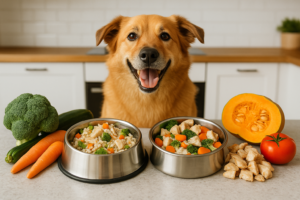
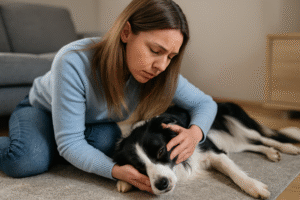
Pingback: Prevent Lyme Disease in Dogs: 2025’s Best Strategies